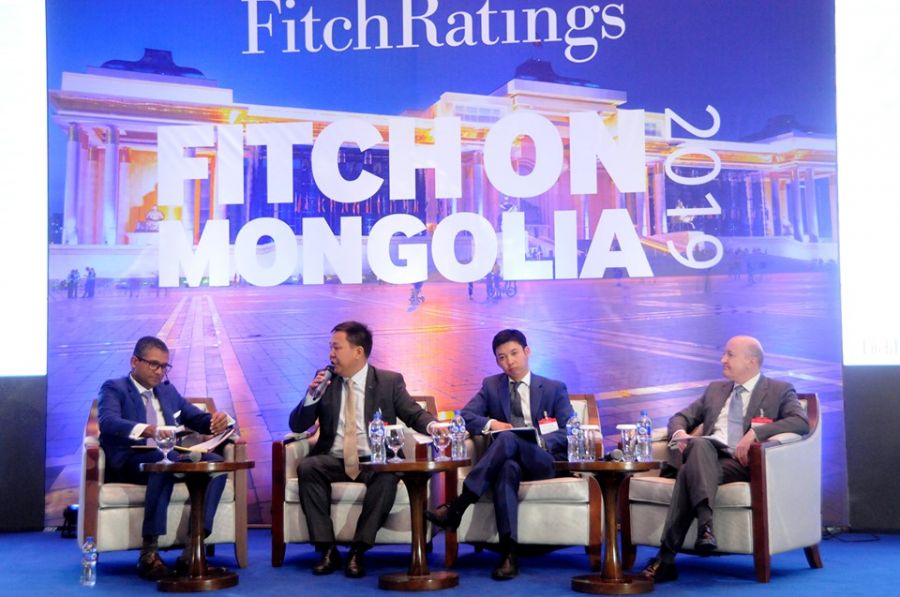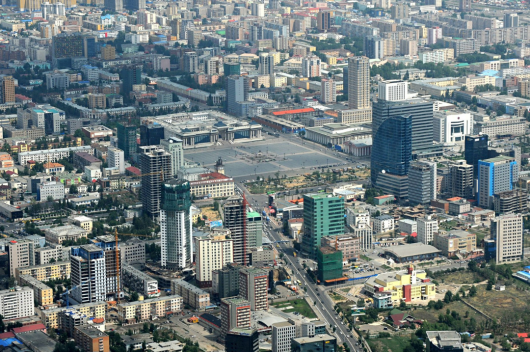Fitch affirmed Mongolia’s ratings at strong relative to ‘B’ peers, and favourable medium-term growth prospects. The ratings are constrained by the country’s high reliance on external funding, narrow economic base predominately focused on commodity exports to China, and recurring bouts of political volatility.
Fitch forecasts growth will remain subdued this year at 1.2 percent, following 1.4 percent in 2021, despite elevated commodity prices and the re-opening of international borders after achieving high Covid-19 vaccination rates. However, coal exports and other merchandise trade have been severely disrupted by ongoing closures of the border with China, Mongolia’s largest trading partner, under the former’s “dynamic zero Covid” policy.
Fitch expects border disruptions to ease in 2023, although further downside risk to growth could emerge if trade disruptions with China are more prolonged. Global economic spill-overs from the war in Ukraine and supply bottlenecks from import disruptions with Russia and China are leading to inflationary pressures, which will weigh on real incomes and private consumption.
Fitch projects GDP growth will accelerate to 6.3 percent in 2023 and 6.8 percent in 2024, as headwinds from trade disruptions and the war in Ukraine wane, and China’s demand for Mongolia’s key commodity exports remains reasonably buoyant. Mongolia also has the potential to harness its generous natural resource endowments, as the underground phase of the Oyu Tolgoi (OT) mine becomes operational, and improved cross-border infrastructure connectivity unleashes more economic benefits for the country.
The recent agreement over the strategic OT mine, in which the government holds 34 percent, indicates easing of strained relations between the government and foreign investors over project delays, cost overruns and taxation. We believe the agreement bodes well for the continued development of the underground phase, with potential positive spill-overs to Mongolia’s export receipts, fiscal accounts and foreign-investor sentiment. However, recurring bouts of political volatility over resource nationalism weigh on the rating.
We forecast general government debt to increase by about 4.3pp to 65.3 percent of GDP by end-2022, broadly in line with the projected current ‘B’ median of 65.9 percent. About 95 percent of government debt is denominated in foreign currency, exposing it to shocks. The Fitch projected foreign-currency reserves at USD3.6 billion by end-2022, equivalent to about 3.2x current external payments. Foreign reserves remain low in view of the around USD1.1 billion in public external debt maturing in 2023-2024, excluding contingent liabilities under the Development Bank of Mongolia (DBM).
The Bank of Mongolia (BOM) raised the benchmark policy rate by a cumulative 300bp in 1Q22 to 9 percent in response to geopolitical spill-overs, trade disruptions and high inflation. Fitch forecasts headline inflation to average 14.2% in 2022 before slowing to 10.8 percent in 2023, still well above the BOM’s target of 4-8 percent.
 3,575.44
3,575.44












Related News